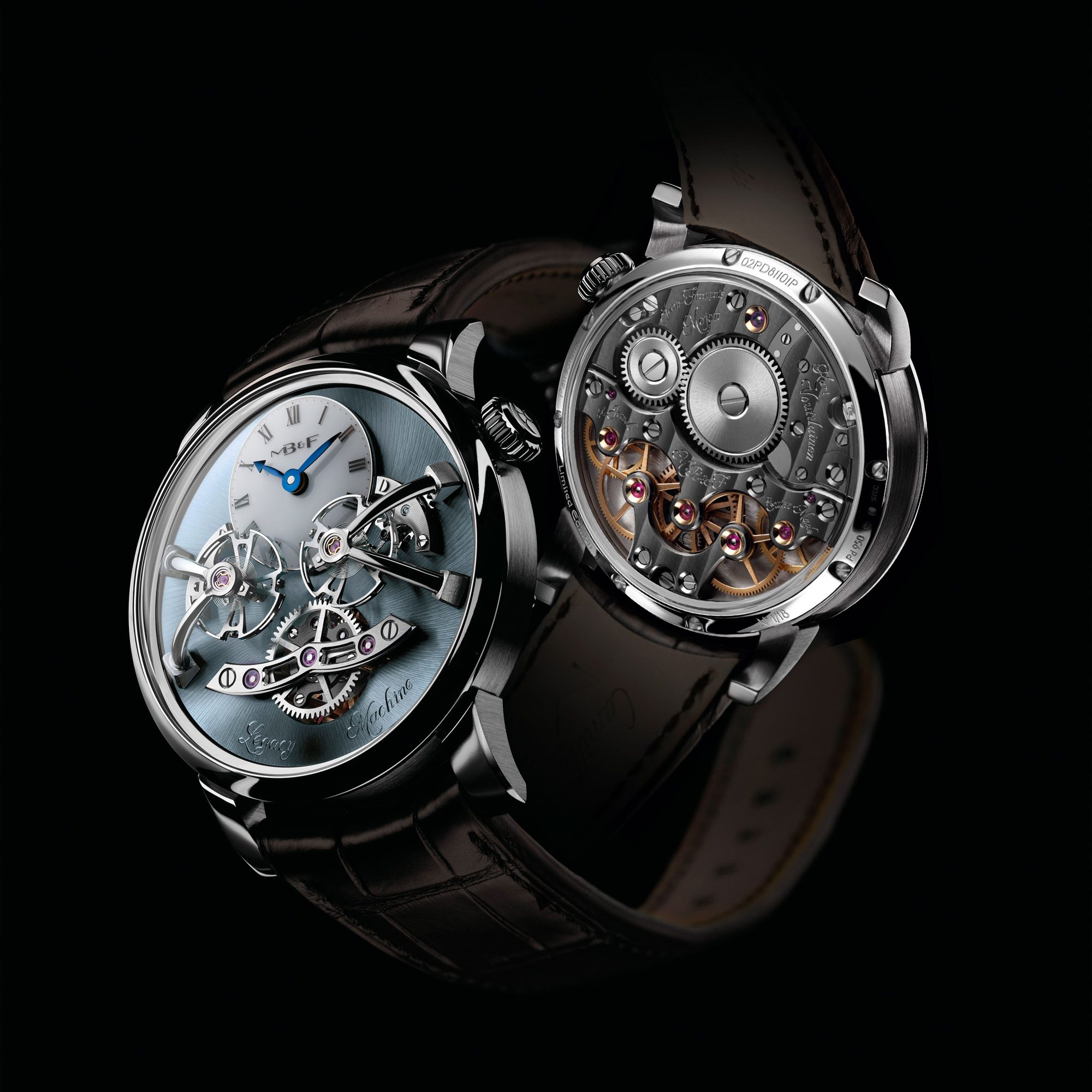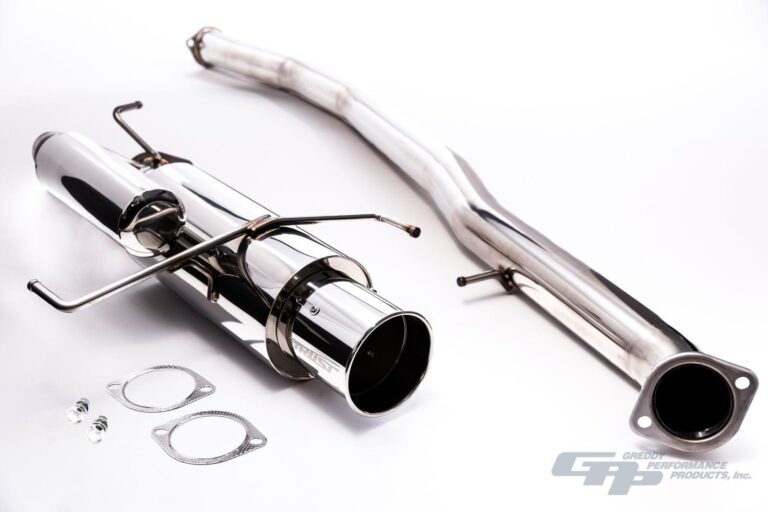What is So Expensive in a Catalytic Converter? 3 Costly Components Unveiled!
Catalytic converters are expensive due to their high precious metal content, such as platinum, palladium, and rhodium. These metals are used to convert harmful pollutants into less harmful emissions and can be costly to extract and refine.
The catalytic converter is an essential component of a vehicle’s exhaust system. It plays a crucial role in reducing harmful emissions and ensuring environmental friendliness. However, the cost of a catalytic converter can be quite high. One of the main reasons behind its expense is the presence of precious metals like platinum, palladium, and rhodium.
These metals act as catalysts, facilitating the conversion of harmful pollutants into less harmful emissions. The extraction and refining processes for these precious metals are intricate and costly, contributing to the overall expense of catalytic converters. Therefore, their high price tag reflects the value of the materials that make them effective in reducing vehicle emissions.

Credit: www.reddit.com
The Role Of A Catalytic Converter In Vehicles
The role of a catalytic converter in vehicles is crucial as it plays a significant part in emission control. A catalytic converter is an exhaust emission control device that reduces harmful emissions produced by the engine before they are released into the atmosphere. It works by converting toxic pollutants, such as carbon monoxide, nitrogen oxides, and hydrocarbons, into less harmful substances like carbon dioxide, nitrogen, and water vapor.
The function of a catalytic converter can be summarized in three main steps:
- Reduction: The catalytic converter reduces harmful nitrogen oxides into nitrogen and oxygen through a process called reduction.
- Oxidation: It also converts carbon monoxide into carbon dioxide by oxidizing it.
- Hydrocarbon Conversion: The converter breaks down unburned hydrocarbons into carbon dioxide and water.
Overall, the catalytic converter plays a crucial role in minimizing pollution emitted by vehicles and ensuring cleaner air quality for the environment.
Costly Component 1: Platinum Group Metals (pgms)
One of the major factors contributing to the high cost of a catalytic converter is the presence of Platinum Group Metals (PGMs). PGMs are a key component used in catalytic converters due to their remarkable ability to promote various chemical reactions that clean up harmful emissions from vehicles. However, PGMs are rare and scarce resources, which makes them extremely expensive. The three main PGMs used in catalytic converters are platinum, palladium, and rhodium. These metals are found in very limited quantities in nature, and their extraction and purification processes are complex and costly.
The scarcity and high cost of PGMs directly impact the overall cost of catalytic converters. The prices of PGMs are highly volatile and can fluctuate significantly depending on various factors such as supply and demand, geopolitical tensions, and economic conditions. As a result, the cost of catalytic converters can vary substantially, especially in times of PGM price spikes. Manufacturers need to account for these expensive materials when pricing their catalytic converters, thereby driving up the final cost for consumers.
Costly Component 2: Ceramic Substrate
One of the reasons why catalytic converters are so expensive is due to the use of a ceramic substrate. Ceramic substrates are a key component in catalytic converters and play a crucial role in their efficiency.
The usage of ceramic substrates provides several benefits. Firstly, they have a high surface area which allows for maximum contact between the exhaust gases and the catalyst. This promotes effective conversion of harmful pollutants into less harmful substances. Additionally, ceramic substrates are known for their durability and can withstand high operating temperatures without degrading.
The manufacturing process of ceramic substrates involves a combination of advanced techniques and materials. The substrates are typically made from ceramic materials such as cordierite, mullite, or silicon carbide. These materials are carefully shaped into honeycomb-like structures with numerous small channels. The cost of manufacturing these substrates can be relatively high due to the precision required in the process and the specialized materials used.
In conclusion, the usage of ceramic substrates in catalytic converters contributes to their effectiveness and durability. Although the manufacturing process and associated material costs may contribute to the overall expensive nature of catalytic converters, their benefits in reducing harmful emissions make them a crucial component in modern vehicles.
Costly Component 3: Catalyst Coatings
Catalytic converters have various costly components, and one of them is the catalyst coating. Catalyst coatings serve a crucial purpose in catalytic converters. They help to initiate and accelerate chemical reactions that convert harmful pollutants into less harmful compounds. These catalyst coatings are typically made of precious metals such as platinum, palladium, and rhodium. Each of these metals has unique properties that make them effective in catalyzing specific reactions. The complexity lies in the application process of these catalyst coatings. The precious metals need to be evenly distributed and firmly adhered to the substrate, which is usually a ceramic honeycomb structure. Applying the catalyst coatings involves intricate procedures like impregnation, washcoating, and sintering. These steps require specialized equipment and skilled technicians, contributing to the overall expense of catalytic converters. The combination of the high cost of precious metals and the complex application process makes the catalyst coatings a significant factor in the expensive nature of catalytic converters.
Secondary Factors Affecting Catalytic Converter Cost
Secondary factors can significantly impact the cost of a catalytic converter. These factors include the complexity and design of the vehicle itself, as well as the impact of regulations and emission standards. The intricacies of certain vehicle models can increase the difficulty and cost of manufacturing and installing a catalytic converter, leading to higher prices. Additionally, regulations and emission standards set by government bodies have an influence on the manufacturing process and the materials required, further affecting the cost. It is important to consider the demand and supply dynamics surrounding catalytic converters as well. As the demand for vehicles equipped with catalytic converters increases, so does the pressure on manufacturers to produce these devices, potentially driving up prices due to supply and demand imbalances.
Frequently Asked Questions On What Is So Expensive In A Catalytic Converter
What Is The Most Valuable Thing In A Catalytic Converter?
The most valuable thing in a catalytic converter is the precious metals it contains, such as platinum, palladium, and rhodium. These metals act as catalysts to convert harmful emissions into less harmful substances.
How Much Scrap Is A Catalytic Converter Worth?
A catalytic converter is worth varying amounts depending on factors like make, model, and condition, but generally ranges from $50 to $250. The value of the precious metals inside, such as platinum, palladium, and rhodium, determines the overall worth.
How Much Is The Precious Metal In A Catalytic Converter Worth?
The worth of precious metals in a catalytic converter varies depending on factors such as market conditions and the type of metals used. However, catalytic converters generally contain valuable metals like platinum, palladium, and rhodium, making them valuable for recycling purposes.
What Makes Catalytic Converters So Valuable For Scrap?
Catalytic converters are highly valuable for scrap because they contain precious metals like platinum, palladium, and rhodium. These metals are in high demand for industrial and automotive applications. Recycling catalytic converters allows for the recovery and reuse of these valuable metals, making them a lucrative commodity in the scrap market.
Conclusion
To sum up, the high cost of a catalytic converter can be attributed to several factors. The precious metals used in its construction, such as platinum, palladium, and rhodium, play a significant role in driving up the price. Furthermore, the complex engineering required to meet stringent emission standards adds to the overall expense.
It is essential to understand these factors when considering the price of this crucial vehicle component. By appreciating the value and significance of catalytic converters, we can better grasp why they come at a considerable cost.








